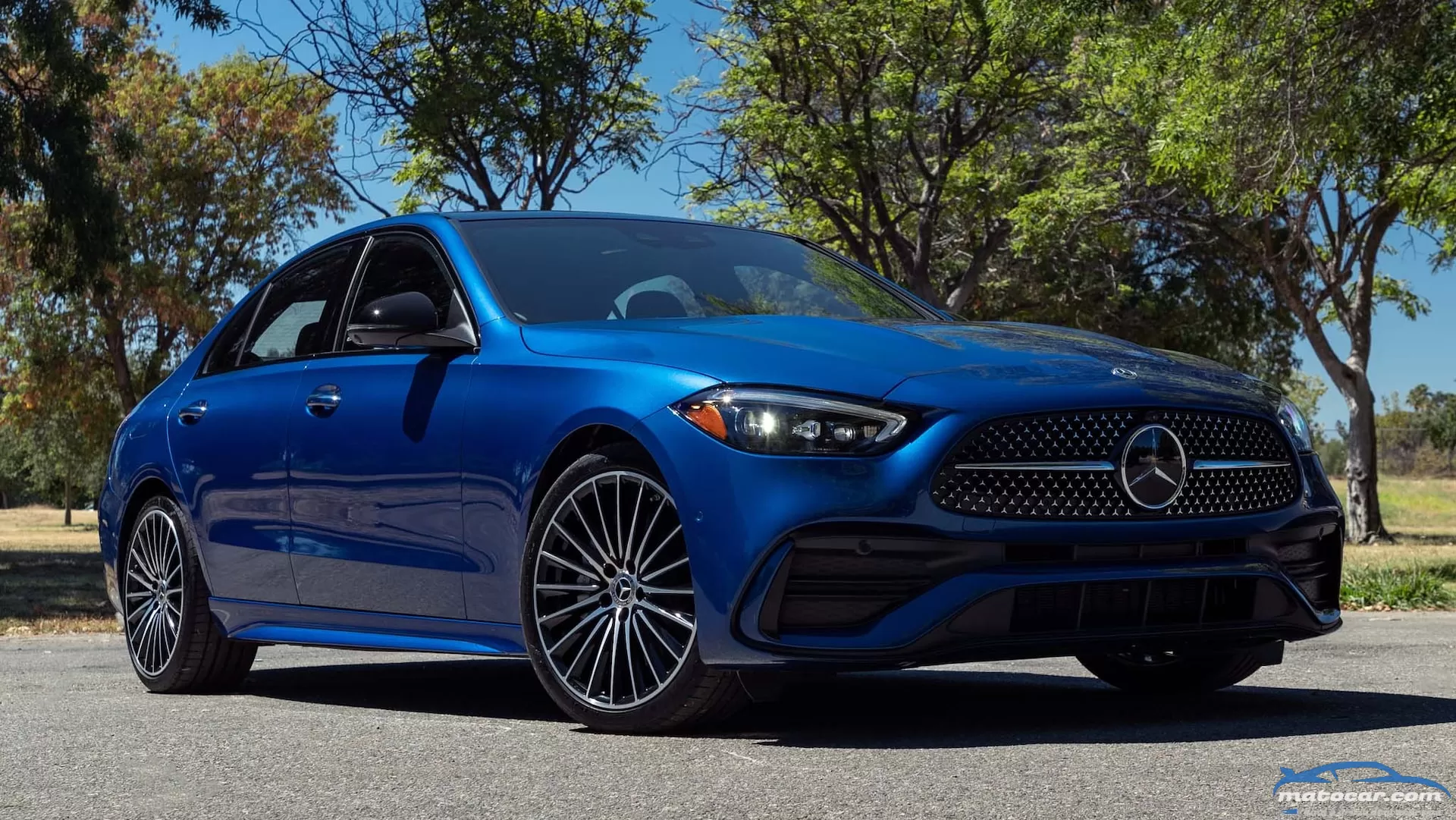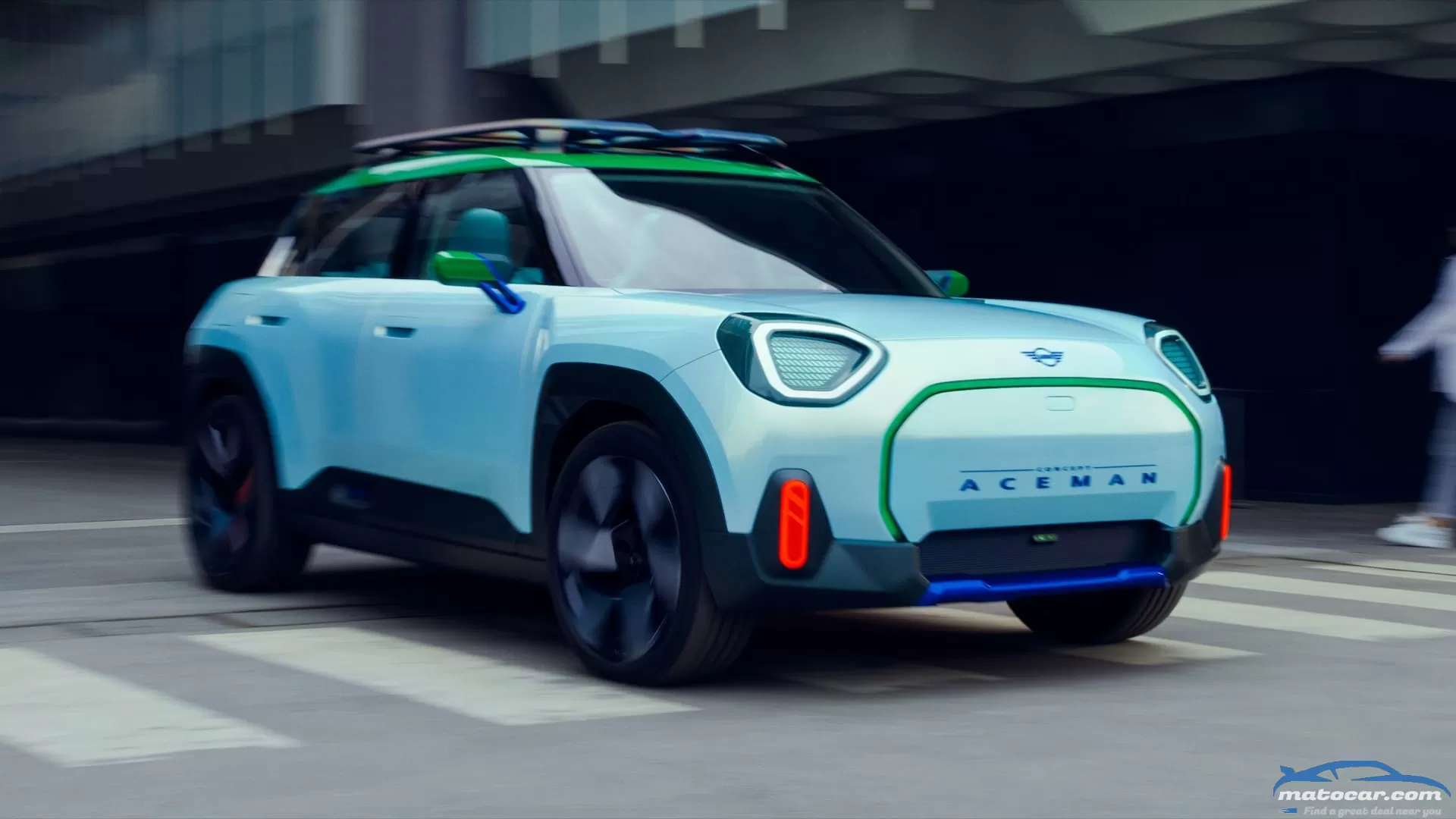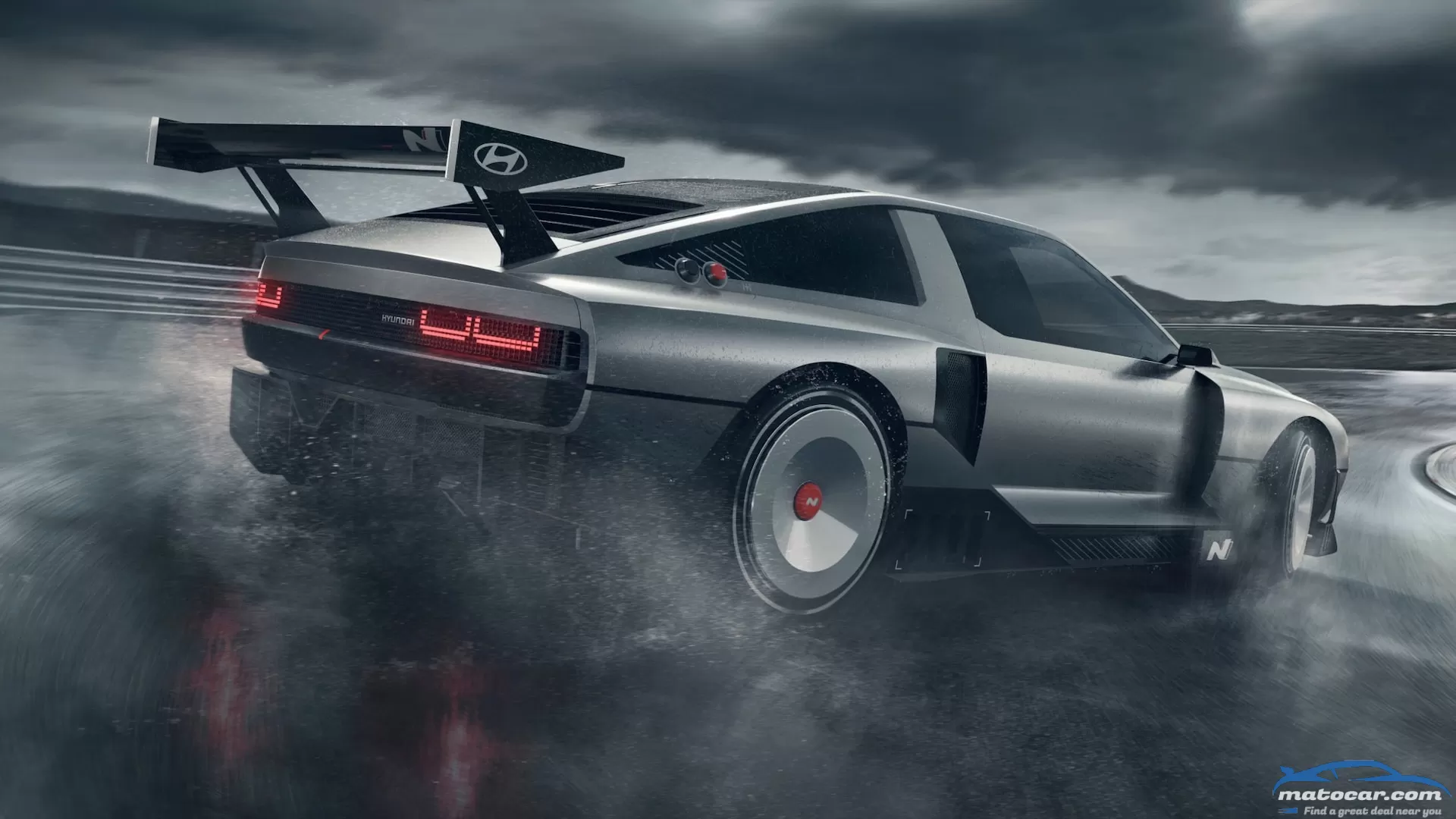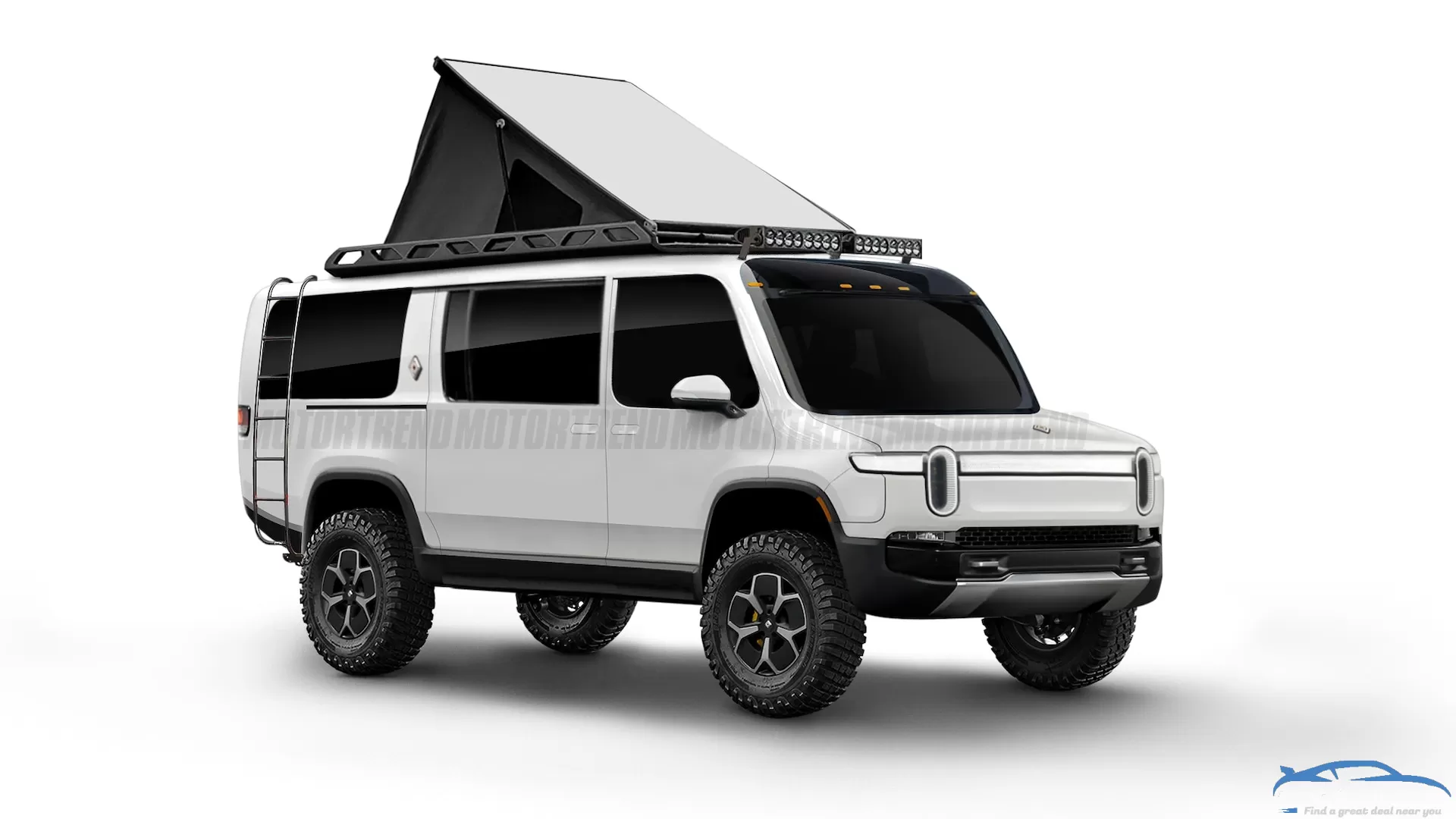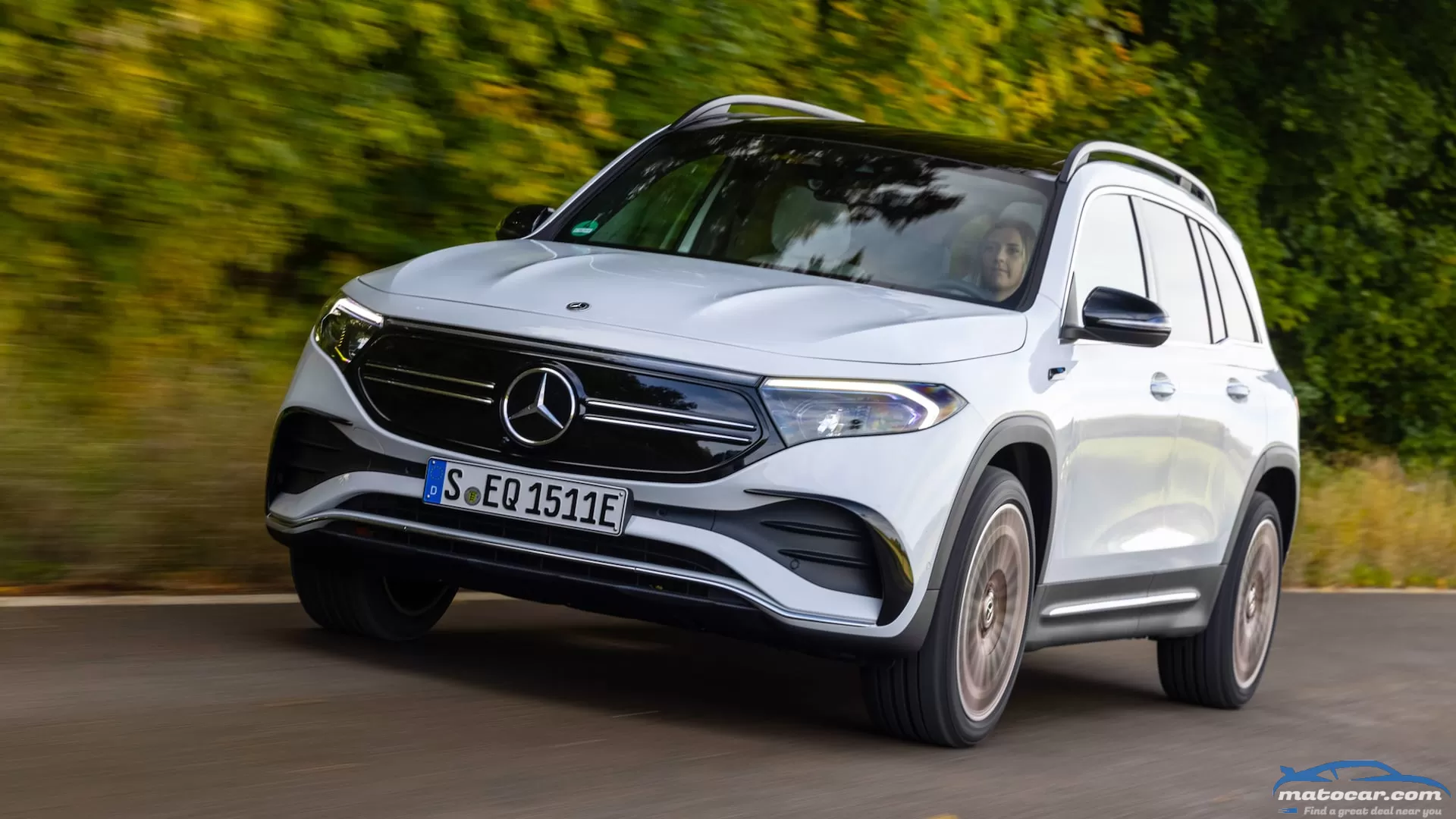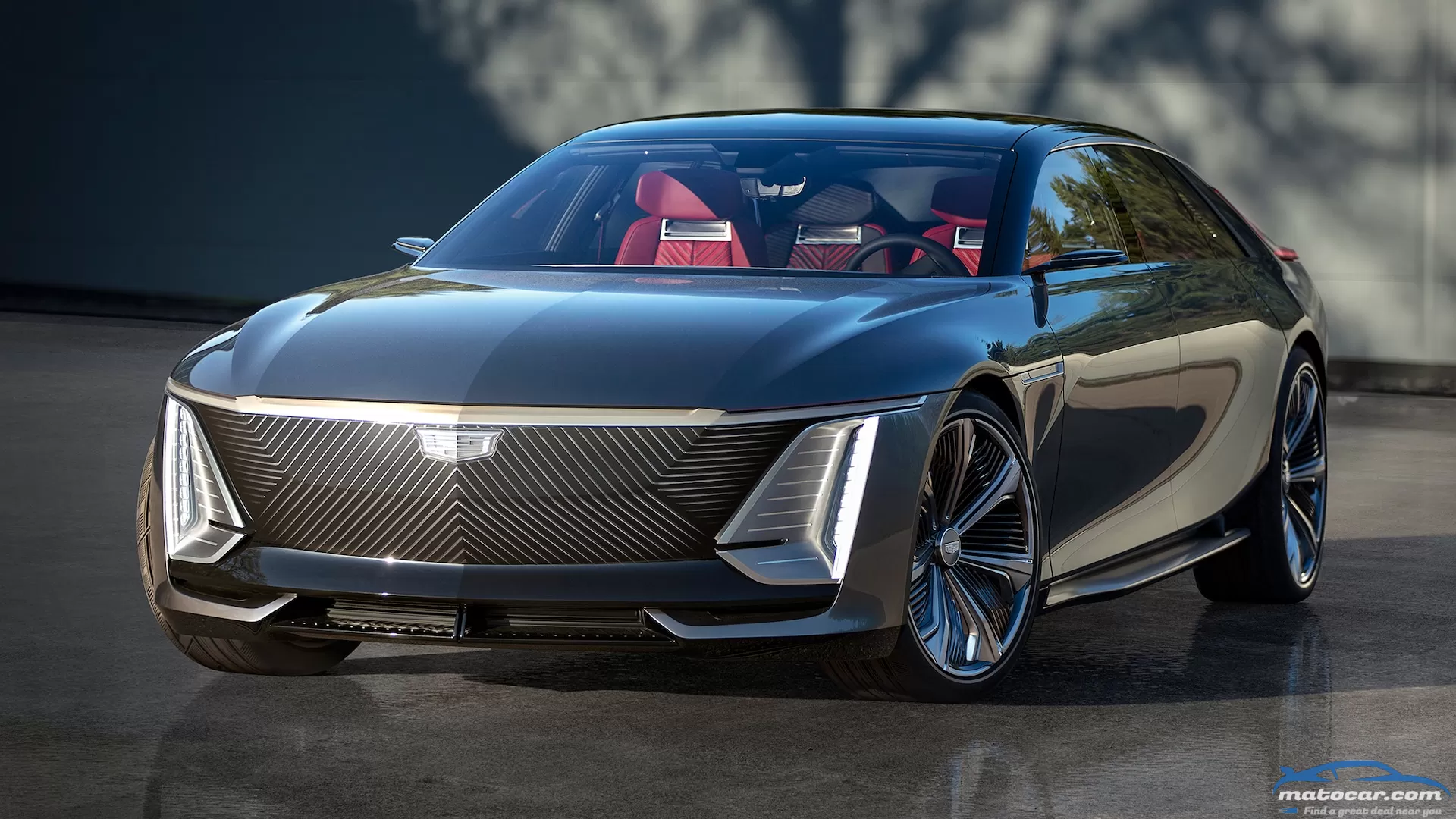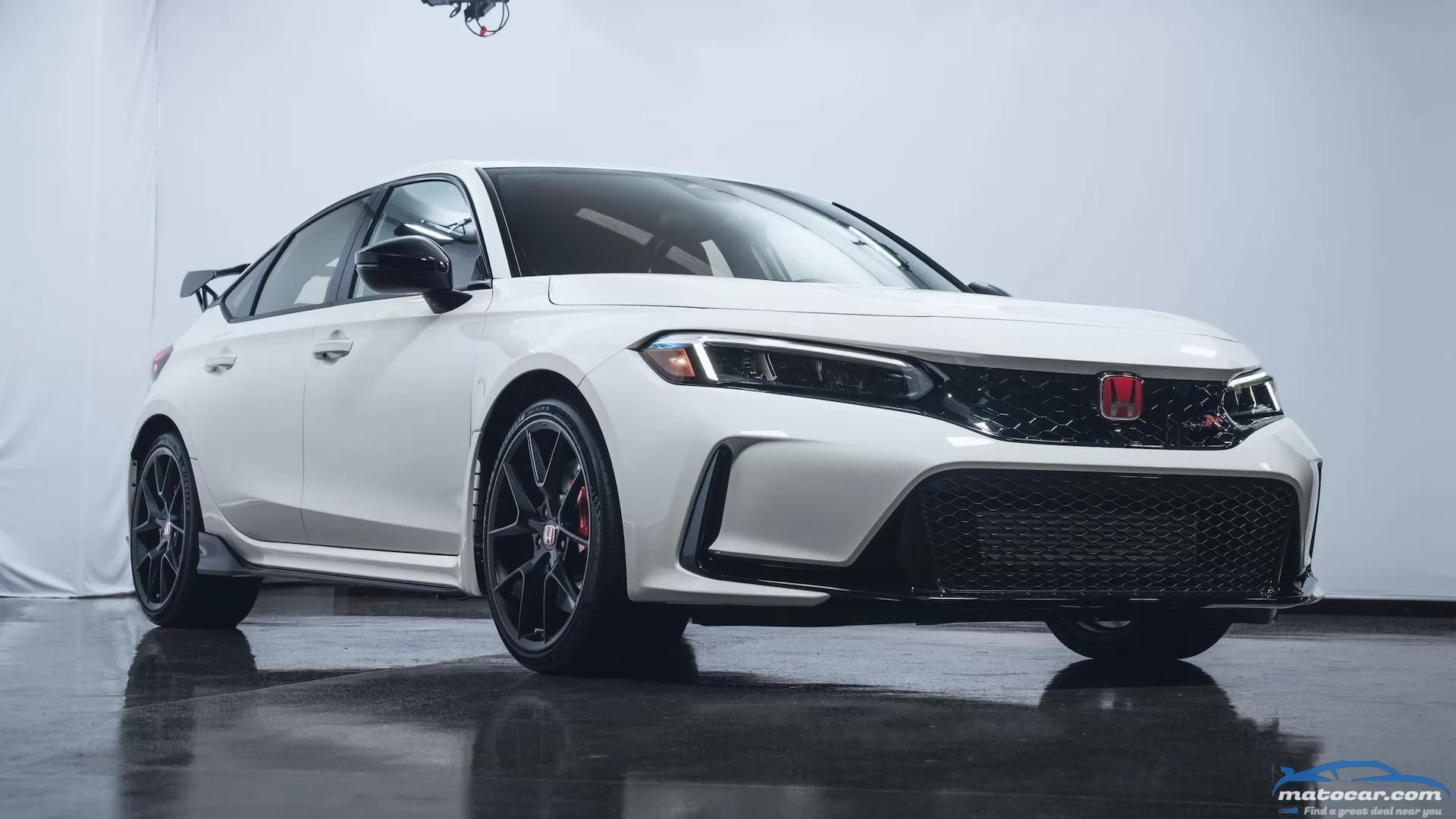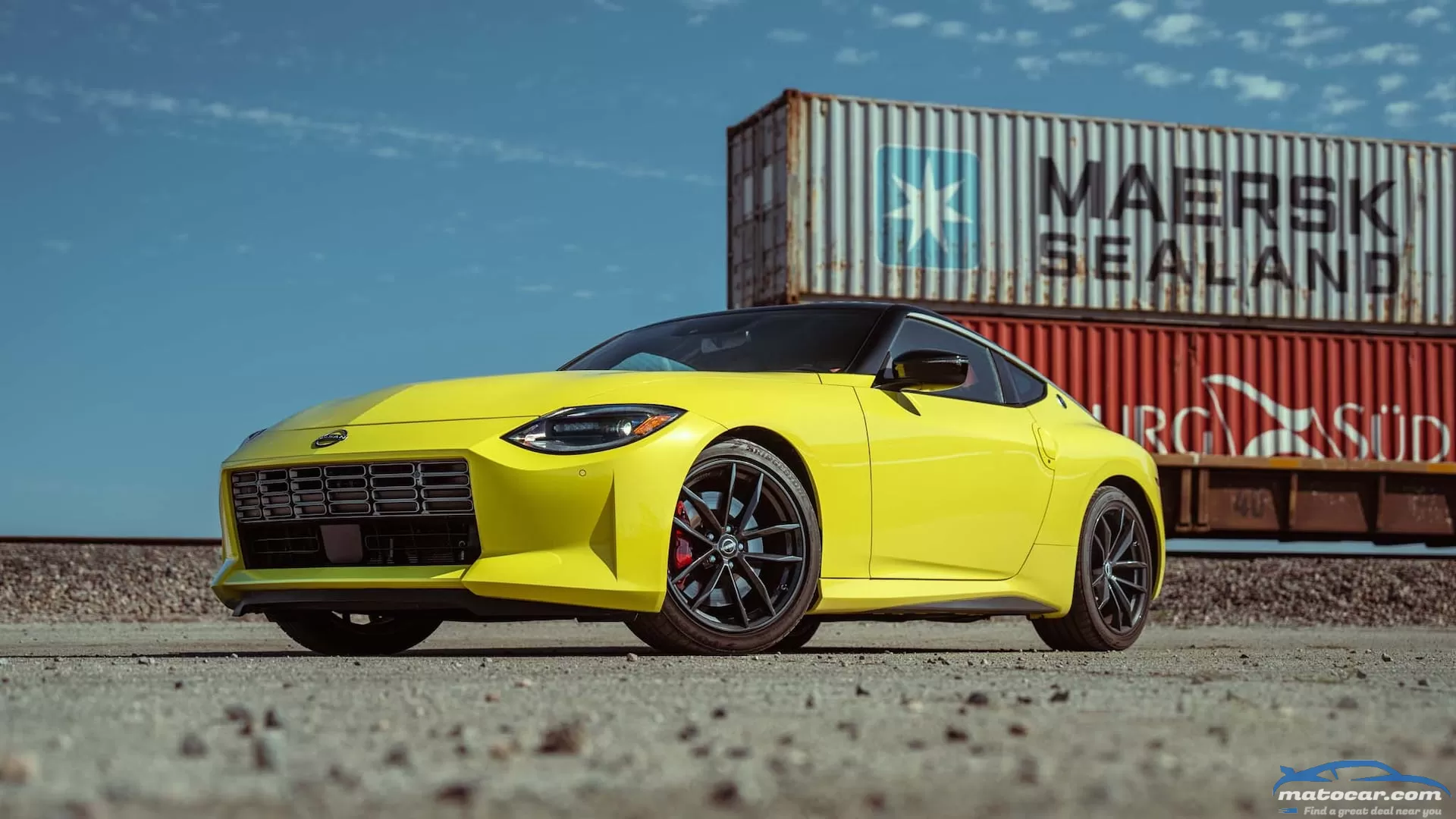mercedes-benz c-class Full OverviewProsMore refined powertrain, feels expensive, long driving range. ConsTransmission could be smoother, pricey, enormous key fob. Quick, but What About BMW, Audi, and Tesla?Braking and Figure-Eight PerformanceBut Why Is It so Expensive?Looks good! More details?2022 Mercedes-Benz C 300 4Matic Specifications BASE PRICE $46,600 PRICE AS TESTED $62,970 VEHICLE LAYOUT Front-engine, AWD, 5-pass, 4-door sedan ENGINE 2.0L Turbo direct-injected DOHC 16-valve I-4 plus electric motor POWER (SAE NET) 255 hp @ 5,800 rpm (gas), 20 hp (elec), 255 hp (comb) TORQUE (SAE NET) 295 lb-ft @ 2,000 rpm (gas), 148 lb-ft (elec), 295 lb-ft (comb) TRANSMISSION 9-speed automatic CURB WEIGHT (F/R DIST) 4,014 lb (53/47%) WHEELBASE 112.8 in LENGTH x WIDTH x HEIGHT 187.0 x 71.7 x 56.6 in 0-60 MPH 5.5 sec QUARTER MILE 14.2 sec @ 96.8 mph BRAKING, 60-0 MPH 112 ft LATERAL ACCELERATION 0.90 g (avg) MT FIGURE EIGHT 26.3 sec @ 0.67 g (avg) EPA CITY/HWY/COMB FUEL ECON 23/33/27 mpg EPA RANGE, COMB 470 miles ON SALE Now Show All
Mini may have only one EV in its current lineup, but it is well on its way to meeting the BMW Group's directive of having at least half of its vehicles go electric by 2030. Mini is starting to tease that electric future one concept model at a time. It wasn't long ago that the brand bought a "skunkworks" Mini Cooper SE convertible to Miami, Florida as a feeler.Now Mini is pulling back more of its electric curtain with the debut of its Concept Aceman. The Mini Concept Aceman would be the brand's first EV crossover and "provides a glimpse of a completely new vehicle, bridging the space between the Mini Cooper and the Mini Countryman in the future of the model family," says Stefanie Wurst, Head of Mini in a release.The Mini Concept Aceman is supposed to "reflect how Mini is reinventing itself for its all-electric future and what the brand stands for: an electrified go-kart feel, an immersive digital experience and a strong focus on a minimal environmental footprint," according to Wurst.Mini's new design languageUnlike the Mini Cooper SE convertible (or the Cooper SE hatch on which that model is based), the Mini Concept Aceman is more than a drivetrain swap into a current Mini chassis. The Aceman also serves as a preview for Mini's new design language. Obviously, Mini wouldn't completely abandon the major design elements that are synonymous with the brand but it is looking to make changes that better align with its so-called "reinvention.""With this approach, we are redeveloping the Mini design icons, with all their analogue strengths, for the digital future," said Adrian van Hooydonk, Head of BMW Group Design.According to the official press release, Mini officially refers to its new design language as "Charismatic Simplicity." One of the most noticeable elements is the octagonal front "grille" which is really more of an illuminated outline that borders the radiator area. The geometric theme continues to the headlights. It's different for Mini, but there aren't so many angles and creases that the overall design isn't relatable to the classic rounded headlights that Mini is known for.The interior is a study in tech minimalismPassengers face a dashboard that is nearly devoid of tactile buttons, vents, or gauges. There is a round OLED touchscreen in the center of the dash, which serves as the hub of all of the infotainment as well as readouts like speed and battery range. Underneath the OLED screen is where traditional Mini toggle switches can be found.The infotainment system utilizes the Mini Companion software which offers "sensor based animation" that choreographs light and sound for what Mini calls a "holistic user experience." These animations extend into light arrays that are hidden in the dashboard and door panels. Different animations will playout through the OLED screen, dashboard, and door panels as passengers enter and exit the vehicle.Moving image projections can also transfer graphics and animations from the Mini Operating System to the dashboard for an added wow factor. These animations can create "diversified interactions" on the OLED screen when stopped at a light or charging the battery.The Mini Concept Aceman is set to make its debut physical appearance at the Gamescom video game fair in Cologne, Germany on August 23, 2022.
WHAT IT IS: Despite #vanlife completely dominating our Instagram algorithms for a spell, no automaker has yet delivered a factory-ready overlanding camper van. That'll change with the release of the Rivian Adventure Van, which our illustration attempts to bring to life. Basically conceived as the progeny of a Rivian R1T and a Sportsmobile Ford Econoline, the Rivian Adventure Van (the name may change; R1V has a nice ring to it, no?) aims to live up to Rivian's philosophy of "keeping the world adventurous forever." The Adventure Van will be an R1-based electric off-roader, with clever features like Rivian's camp kitchen, and likely the ability to convert its seats into beds—allowing for days of off-the-grid living.WHY IT MATTERS: With most automakers just now waking up to the amount of money to be made by investing in the overland craze, the Rivian Adventure Van would take things a step further by creating the only OEM off-road-capable adventure van on the market. The Adventure Van would harken back to the days when you could roll into your local Volkswagen or Toyota dealer and leave with a Westfalia or Chinook.PLATFORM AND POWERTRAIN: Although Rivian could conceivably build the Adventure Van from its commercial-oriented Prime Van or RCV, we believe it'll instead use the more off-road-capable platform under the R1T pickup and R1S SUV. Hard details from our sources are scarce, as it's still early days for the Adventure Van, but we believe it will be available with multiple battery and motor options and come standard with the company's trick hydropneumatic suspension. We suspect both dual- and quad-motor powertrains will be available, with as much as 1,200 hp and 1,200 lb-ft on tap, and Rivian's 180-kWh Max battery pack.ESTIMATED PRICE: $125,000EXPECTED ON-SALE DATE: Q4 2025 at the earliest—Rivian has a lot of irons in the fire; the niche Adventure Van is likely a lower priority.
WHAT IT IS: An all-electric performance model, reported to be a sedan and effectively a replacement for the two-door Camaro. It may retain the Camaro name, as Chevrolet has recently used the Blazer moniker on a crossover that bears no resemblance to historical models.WHY IT MATTERS: Parent company GM is transitioning all its brands to electric vehicles during the next 13 years, performance models included. The Corvette is already slated to adopt hybrid and pure electric powertrains in the next few years, but the Camaro's future is unclear after today's generation ends production in 2024 or so. In presenting its plans for an all-EV future, GM provided an illustration of its Ultium EV platform with an outline of a sports car hovering above. The picture bears striking resemblance to a profile view of the present Camaro, though Chevrolet wouldn't comment on the similarity. Reports indicate the car will be a sedan even if it retains the name despite all past Camaros being coupes. Although Chevrolet could theoretically put any type of body on the Ultium skateboard platform, Camaro sales in recent years have dropped sharply, and coupes in general have faded in popularity over the past a decade.PLATFORM AND POWERTRAIN: All of GM's EVs in the foreseeable future will be built on the company's Ultium platform, which can be tailored to fit any vehicle size or style. It also supports one to three electric motors, so this EV sedan could be anything from a classic rear-drive performance car to a 1,000-hp all-wheel-drive supersled. Chevrolet has given no indication what route it will take or whether it will offer multiple battery and motor configurations as GMC now does with the new Hummer EV pickup and SUV.ESTIMATED PRICE: $40,000EXPECTED ON-SALE DATE: 2024
mercedes-benz eqb-class Full OverviewThe electrification of Mercedes-Benz in America is off to a good start. The U.S. is already the top market in the world for the flagship EQS sedan, and dealers are eagerly anticipating the arrival of the more affordable EQE sedan this fall. Insiders are quietly confident that Mercedes-Benz can sell up to 45,000 electric vehicles stateside in 2023. And the perky 2022 Mercedes-Benz EQB will be a key contributor to hitting that number.Unlike the EQS and EQE sedans, the EQB is not built on a dedicated EV platform. Instead, it shares much of its structure with the conventional internal combustion GLB subcompact SUV. As we reported in our preview drive of the EQB350 4Matic late last year, the smooth, silent, punchy electric powertrain transforms the subcompact SUV. The EQB feels much more like a miniature Mercedes than the GLB.We've covered the EQB350 4Matic in detail, though since our drive Mercedes-Benz USA has confirmed the 288-hp, 383-lb-ft SUV will start at $59,100. And although no official figures have been released, informed sources suggest the EQB350's 70.5-kWh battery (its usable capacity is 66.5 kWh) will deliver an EPA-rated range of about 220 miles.The EQB300 4Matic is priced from $55,550, and at first glance it's the more compelling buy of the two. It's identical to the EQB350, right down to the last nut and bolt, as well as the 188-hp motor at the rear axle. The only difference is the power and torque output of the motor at the front axle, which has been dialed back to deliver a total system output of 225 hp and 288 lb-ft.Less power means slightly less performance—Mercedes says the EQB300 is about 1.8 seconds slower to 60 mph than its more powerful sibling, stopping the clock at just under 8.0 seconds. But less power also means there's less demand on the battery, which should equate to more range.Unofficial figures suggest the EQB300 4Matic will have an EPA range of 230 miles. Now, just as with an internal combustion engine, your mileage may vary, depending on how, when, and where you drive. But a 10-mile improvement in rated range isn't quite the headline number you might expect.That's because Mercedes has chosen to optimize energy consumption in both EQBs by using the permanently excited synchronous electric motor driving the rear wheels as often as possible, as the front motor's asynchronous design means it generates only minimal drag losses in partial-load operation. And that means the EQB350's more powerful front motor isn't always sucking down extra electrons. For most of your driving time, the two models are—in energy consumption terms—identical.Our key takeaway from the EQB350 drive—that the EV powertrain adds a level of refinement and performance that's missing from the gasoline-powered GLB—holds true for the EQB300. But keen drivers will notice a difference between the two EQBs on the road, especially if the road is one that twists and turns.In simple terms the EQB300 doesn't claw its way out of the corners with the same urgency as the EQB350. As a result, it doesn't feel as surprisingly lively or quite as much fun to drive. There's not a lot in it, and in truth few EQB customers are likely to notice, especially on the school run or the daily commute. The transition between regenerative and mechanical braking didn't feel quite as seamless as in the EQB350, either. That said, the multilink rear axle felt just as well-planted and delivered plenty of traction out of corners.Our European-spec EQB300s were all on optional 20-inch rims shod with 235/45 tires. That setup won't be available in the U.S., and we won't be missing anything. Our experience with the EQB350 suggests the standard 18-inch wheels and optional 19s will offer better low-speed ride. What's more, the 20s appeared to make the steering feel gluier and less linear, as if the system was working harder to twist a bigger contact patch.Mercedes offers three driver-selectable lift-off regen levels, actuated via the paddles on the steering column. There's also a mode that allows the car to use navigation data, traffic information, and speed sign recognition to automatically adjust the regen level itself. As with its more powerful sibling, on anything but busy city streets the EQB300 feels best to drive with the least amount of regen, as it enables it to flow more freely down the road.Visually, the EQB300 is identified by EQ-specific design tweaks such as the front and rear LED light bands. The tall, boxy bodywork delivers an interior that is surprisingly roomy. The second-row bench seat slides fore and aft 5.5 inches, and in the rearmost position, there's plenty of leg- and knee room for 6-footers. There's lots of headroom, too, even though the rear seat H-point is higher than that of the front to give rear passengers better all-around visibility. Load space ranges from 16.4 cubic feet with the third row in place, to 57.2 with the second and third rows folded flat.Although Mercedes-Benz makes it clear that in the event of a rollover it considers the optional third row suitable only for those under 5 feet 5 inches tall, the $1,250 option will appeal to those using the EQB for the school run. Why does it cost $400 more than in the GLB? The third-row seats fold flat into the load space floor, so the electrical hardware stored there in the EQBs must be moved into a compartment underneath that's accessed via a flap in the rear bumper.Standard equipment on the EQB300 includes the 10.3-inch digital instrument cluster and 10.3-inch touchscreen multimedia display for the MBUX multimedia system. Standard safety features include active lane keeping assist, blind-spot assist, and active brake assist.Those who prioritize range and performance over everything else will almost certainly opt for Tesla's Model Y Long Range, which also offers seven-passenger capability. But the Model Y costs a whopping $11,640 more than the EQB300— $13,390 more if you're comparing seven-seat versions.No, this Mercedes won't go as far or as fast as the Tesla. But it drives and feels like a real Mercedes and boasts a better-packaged and better-finished interior than the Tesla. Unless you're planning a lot of long, fast road trips in your compact luxury electric SUV, the quieter, more comfortable Mercedes-Benz EQB300 4Matic is a better value—and worth a second look.Looks good! More details? 2022 Mercedes-Benz EQB300 4Matic PRICE $55,550 LAYOUT Dual motor, AWD, 5-/7-pass, 4-door SUV ENGINE Permanent-magnet synchronous motor (rear) and asynchronous motor (front) 225 hp/288 lb-ft TRANSMISSION 1-speed auto CURB WEIGHT 4,800 lb (mfr) WHEELBASE 111.3 in L x W x H 184.4 x 72.2 x65.6 in 0-60 MPH 7.8 sec (MT est) EPA FUEL ECON, CITY/HWY/COMB Not yet rated ENERGY CONSUMPTION, CITY/HWY N/A CO2 EMISSIONS, COMB N/A ON SALE Fall 2022 Show All
I did not win the efficiency contest here in Immendingen, Germany, home of the sprawling Test Center of Mercedes-Benz even though I had a handicap: the supremely slippery Mercedes-Benz Vision EQXX, a drivable concept car that can travel more than 1,200 km (745 miles) on a single charge.The problem was not the car, it was me. I could not help busting out of the recommended conservative driving habits to gun it when the speed limits on the handling course allowed, which hurt my score, as did the need for manual braking when a speed limit was momentarily exceeded, prompting a warning. The benchmark was 7.9 miles per kWh; I recorded only 6.4 kWh of average consumption over the 10-mile course. On the plus side, after each burst of acceleration, I used the most aggressive of the four settings for regenerative braking and racked up more than three times the extra energy and range of the benchmark driver.Which is to say, the beauty of the EQXX is that it can be fun, with a mighty torque pull, as well as efficient—I still recorded a single-digit consumption figure—so best of both worlds.And that is good because this Vision concept is the future of Mercedes EVs. The learnings and stylings will show up in new vehicles coming in 2025 and beyond from the new Mercedes Modular Architecture or MMA. The EQXX is a street-legal prototype and the only one of its kind in the world. At 110.2 inches, it is a compact car, roughly the same wheelbase as the Mercedes-Benz EQB.Its impressive range, beating the Lucid Air Grand Touring's 516 miles and the Tesla Model S Long Range at 405 miles per EPA, is attributable to a number of factors. The EQXX has a 100-kWH battery pack, similar to the one in the Mercedes-Benz EQS large sedan, but in the EQXX concept the unit is half the size and weighs 30 percent less, the cells are packaged differently and it has a carbon fiber top cover. The anodes use more silicon and hold more energy. While the rest of the Mercedes EV lineup have a 400-volt system, and some competitors have 800V, the EQXX system is more than 900V. Stumbling onto the Teardrop ShapeThe design team came up with the car's teardrop shape with the rear track two inches narrower than the front, a tapered cabin, and a long tail with an active diffuser which extends almost 8 inches. "We didn't set out to create this shape, we found it," Malte Sievers, project manager for the Vision EQXX tells us.The result: a claimed drag coefficient of 0.17—more streamlined than a football—making the EQXX the most efficient model Mercedes, or perhaps anyone, has built. It could become a car for the ages as 0.17 will be hard to beat, physics is physics, says Sievers. And this slippery missile could never be built if it had to accommodate an internal combustion engine. "The whole thing falls apart," he says. "It shows the capability EVs brings to the industry."Engineers say 62 percent of the EQXX's efficiency is from aerodynamics; meaning every change to aero affects everything else by 62 percent. You can make changes to rolling resistance, for example, but your efforts will never impact more than 20 percent of the total efficiency. And everything else amounts to an 18 percent impact. The team looked at every part to see if it was necessary and if so, how to make it light, efficient, and not heat up. The cooling plate underneath allows the car to be cooled by airflow and the overall efficiency means there is little to cool.The summation of all the engineering efforts is a car where 95 percent of the energy sent from the battery makes its way to the wheels. For reference, the EQS sends 90 percent of its energy to the wheel well, which means the team had to make the EQXX twice as efficient.First Outsiders to Drive the Mercedes-Benz EQXXWe were part of a media program that let non-Mercedes people drive the Vision EQXX for the first time. To date, only Mercedes employees have put it through its paces. That includes two road trips, the first April 5 from Singelfingen, Germany, to Cassis in northern Italy, 1,008 km (626 miles) and using 8.7 kWh/100 km or 7.1 miles per kWh, with 140 km (87 miles) left at the finish. The second run, June 21-22, was from Stuttgart to Silverstone in France, a distance of 1,202 km (747 miles) in summer heat requiring the air conditioning to run for 11 hours. Average consumption was 8.3 kWh/100 km or 7.5 miles/kWh, and it included 11 laps on the track when the car reached Silverstone to empty the remaining energy.To work out the bugs, the team created a test mule by squeezing a 100-kW battery, DC/DC converter and DC charging controls, battery management system, other aspects of the EQXX powertrain, as well as testing equipment, into a Mercedes-Benz EQB. The mule is known as EMMA (the MMA for Mercedes Modular Architecture). EMMA made the Sindelfingen to Cassis trip first in a test run with its share of breakdowns, a learning curve that proved to be a total success as the EQXX did not have a single mishap in either of its long-distance tests.We drove EMMA, who was a little clunky as the suspension was not adapted for the weighty equipment added or the fact that most of it bears down on the rear axle, throwing off the balance.Then we hopped in the EQXX which was much quieter, balanced, nimble, and downright supple by comparison, riding on Ultralight 20-inch forged magnesium wheels with Bridgestone Turanza tires that are also lightweight and have ultra-low-rolling resistance. The car cornered nice and flat, the suspension was not challenged by the course, but neither did it stumble.Impressive Regenerative BrakingBoth cars have one-pedal driving with four degrees of regenerative braking—mild, two aggressive settings, and the option to have no reclamation at all, which works infinitely better on the EQXX. On one long straight in EMMA, we turned off regen and saw our speed drop about 9 mph within seconds. In the EQXX the speed never dropped at all.Manual braking was harsher in EMMA, it was less grabby in the EQXX, but engineers wince if a foot ever touched that pedal because it means energy is being lost. We used the most aggressive regen setting for most of the EQXX drive; it was highly effective without being too harsh.There is a satisfying weight to the EQXX's steering and the vehicle is not flighty at all. Input and response are nicely married. Acceleration on the 21-minute lap was not neck-snapping but the car picked up speed quicky and smoothly. It was easy to exceed the course's varying speed limits that were being closely monitored.The big takeaway is that it felt like a production model more so than a concept.Attempting the ImpossibleThe EQXX prototype was pulled together in 18 months, a project launched with a request in June 2020 from the board of management to build an electric vehicle capable of driving 1,000 km (621 miles) on a single charge. Almost all the teams involved worked to achieve the seemingly impossible target of 10 kWh/100 km, Sievers said. The car relied on expertise from Mercedes' Formula 1 and Formula E race engineering groups as well as the research department and production development team.There are 117 heavy solar panels on the roof that send energy into a 12V system that powers many of the car's ancillaries which equates to a roughly 25-km (15-mile) bump in range. Engineers say the energy gains from the panels are greater than the losses due to the extra weight.You cannot see out the glass of the back window; nor are there cameras for the rearview mirror—they would consume too much energy.It all adds up to a highly efficient EQXX that exceeded the mandate.Loving the Luxury InteriorThe beautiful navy and white interior of the EQXX is serene and modern without looking too sci-fi or clinically cold, with sustainable vegan materials that look high end. There are 47.5 inches of curved OLED screen, perfect for using the real-time 3D navigation display—but only when absolutely necessary. The mini LEDs that backlight and dim the screen make for crackling crisp graphics. Dimming zones save power by not illuminating the parts of the screen not in use; there is zero energy consumption when the LEDs shut themselves off.Mercedes provides eco guidance. The car knows the route conditions of the trip programmed into the nav system and tells the driver to speed up or slow down to be more efficient. The driver can look at data to show energy usage, solar energy produced, air pressure and wind direction, and forecast how much energy the trip will require. Almost ready for production is an Intelligent Avator to suggest movies to watch or restaurants to stop at, saving the driver from scrolling through menus on the screen and using energy.They are tools I clearly need. Said the engineer who tried to keep a straight face as he analyzed the data spikes in my EQXX run: "I think you had fun." Then he confirmed Mercedes would not be hiring me anytime soon for their EV testing.BASE PRICE Not for sale LAYOUT Front-engine, RWD, 2+2-pass, 4-door sedan ENGINE MOTOR DC DC induction, electric, 100-kWh battery TRANSMISSION 1-speed auto CURB WEIGHT 3,900 lb (mfr) WHEELBASE 110.2 in L x W x H 195.9 x 73.6 x 53.1 in 0-60 MPH EPA CITY/HWY/COMB FUEL ECON 250 mpg-e (est) EPA RANGE, COMB 747 miles ON SALE never Show All
ford f-150-lightning Full OverviewThere's a learning curve that comes with driving and owning your first electric vehicle, and the slope gets particularly steep when you push an EV's battery to its limits. The first time a new EV owner drives far enough that they need to charge in the middle of a trip, they face two hard truths: EVs almost never achieve their advertised ranges when it really matters, and even the fastest charging stations are slow compared to a gas pump.Based on the more than 200,000 reservations for the Ford F-150 Lightning, a lot of Americans are going to learn those lessons behind the wheel of the blockbuster electric pickup truck. Either that, or they'll read this story and take our findings to heart. MotorTrend's real-world driving range and charging times for the F-150 Lightning are a cheat sheet for planning a long-distance drive with few surprises and headaches.What's the Range of the Ford F-150 Lightning?According to Ford, the Lightning can cover 230 miles with the standard battery and up to 320 miles in XLT or Lariat trim with the optional extended-range battery. The top-trim $92,669 Lightning Platinum, which is only offered with the larger battery pack, is rated for 300 miles of range due to its heavy standard 22-inch wheels and the additional weight of the extra equipment it carries.However, if you plan to use a Lightning for long-distance highway trips, those figures paint an unrealistically optimistic picture. Electric cars and trucks are more efficient in low-speed stop-and-go traffic than at highway speeds, and the official EPA range figure is based on a combination of city and highway driving. If you drive extended distances at more than 55 mph in any EV, you're all but guaranteed to come up short of the range number listed on the window sticker.How short? We developed the MotorTrend Road-Trip Range test to answer that question. This real-world test is run at an average speed of 70 mph to more accurately reflect what kind of range you can expect to cover on your longest drives, such as family road trips, weekend runs to the cabin, or sales calls to the farthest corners of your territory. The 2022 Ford F-150 Lightning Platinum achieves a MotorTrend Road-Trip Range of 255 miles, or 15 percent less than its EPA-rated 300 miles. Of course, as with gas cars, your mileage may vary. Expect driving range to fall with extreme temperatures, higher speeds, or significant elevation changes. Alternatively, you can extend that range by driving slower, limiting air-conditioning and other accessory usage, and minimizing hard braking.How Fast Does the F-150 Lightning Charge?Ideally, every Lightning owner will have access to 240-volt charging at home or their workplace where they plug in to take care of most of their charging while asleep or at work. But if you don't have easy access to one of these Level 2 charging stations, or if you find yourself needing to recharge on a long road trip, you may find yourself relying on DC fast-charging stations, also called Level 3 stations. It's in these instances when charging time really matters.To measure how long you'll be waiting, we charged a 2022 Ford F-150 Lightning Platinum from 5 percent to 90 percent using an Electrify America fast-charging station and translated the energy delivered into miles of driving range at highway speeds.The Lightning added 74 miles after 15 minutes of charging and extended that to 133 cumulative miles after 30 minutes. With 45 minutes on the clock, the Lightning had gained 189 miles of range, and after an hour of charging, the electric truck had put on 214 miles of range.That's good but not great. With a maximum rated charging power of 150 kW, the Ford can't suck down electrons as quickly as its main rivals, the Rivian R1T and GMC Hummer EV electric trucks. EV nerds should note, though, that the Lightning momentarily exceeded its stated 150-kW max charging power when it peaked at 160 kW for a couple minutes near the beginning of the test.In all EVs, charging becomes slower as the battery fills up to protect the pack's longevity. The Lightning begins its first step down seven minutes into charging, leveling off around 115 kW for a sustained spell. The power delivery then takes a big step down as the charge nears 80 percent. For many drivers, this would be the point to unplug and carry on. If you're in a region with decent charging options, it's typically quicker to hop from fast-charging station to fast-charging station without ever exceeding an 80 percent charge on the road. That's one more thing you figure out very quickly if you do probe the limits of an F-150 Lightning or another EV.Looks good! More details?
Cadillac's New FaceHand AssemblyAluminum Spaceframe With Applied Panels Four First-Class Eames ChairsTheatrical Red With Ombre ShadingCoffee-Tanned Leather, Pillar-to-Pillar Screen.Return of the GoddessHow Much of This Will Make Production?When, How, and How Much?2024 Cadillac Celestiq Specifications BASE PRICE $300,000 (est) LAYOUT Front- and rear-motor, AWD, 4-pass, 4-door hatchback MOTORS 2 x 315-hp/400-lb-ft (est) AC, permanent-magnet electric TRANSMISSIONS 1-speed auto CURB WEIGHT 6,000 lb (est) WHEELBASE 120.0 in (est) L x W x H 210.5 x 79.7 x 57.5 in (est) 0-60 MPH 4.5 sec (MT est) EPA FUEL ECON Not yet rated EPA RANGE, COMB 300 miles (est) ON SALE Early 2024 Show All
Laying It OutNumbers Upon NumbersUp in the CanyonsSummary Judgment2nd Place: 2022 Acura NSX Type SProsInteresting drivetrain techMid-range torqueMid-engine architecture ConsBrakes don't inspire confidenceVague steering feelExpensive for what you getVerdict:1st Place: 2022 Porsche 911 Carrera GTSProsQuick in a straight lineQuick in cornersSupreme handling ConsUbiquitous on the streetNot as sharp as some other 911sToo pricey for most peopleVerdict:POWERTRAIN/CHASSIS 2022 Acura NSX Type S Specifications 2022 Porsche 911 Carrera GTS Specifications DRIVETRAIN LAYOUT Mid-engine, 2 front and 1 rear motors, AWD, 2-pass, 2-door coupe Rear-engine, RWD ENGINE, MOTOR TYPE Twin-turbo port- and direct-injected DOHC 24-valve 60-degree V-6, plus 3 permanent-magnet elec motors Twin-turbo direct-injected DOHC 24-valve flat-6, alum block/heads DISPLACEMENT 3,454 cc/210.8 cu in 2,981 cc/181.9 cu in COMPRESSION RATIO 10.0:1 10.2:1 POWER (SAE NET) 520 hp @ 6,500 rpm (gas), 72 hp (comb front elec), 47 hp (rear elec); 600 hp (comb) 473 hp @ 6,500 rpm TORQUE (SAE NET) 443 lb-ft @ 2,300 rpm (gas), 108 lb-ft (comb front elec), 109 lb-ft (rear elec); 492 lb-ft (comb) 420 lb-ft @ 2,300 rpm REDLINE 7,500 rpm 7,400 rpm WEIGHT TO POWER 7.5 lb/hp 7.2 lb/hp TRANSMISSION 9-speed twin-clutch auto 8-speed twin-clutch auto AXLE/FINAL-DRIVE RATIO 3.58:1/2.27:1 3.39:1/2.07:1 SUSPENSION, FRONT; REAR Control arms, coil springs, adj shocks, anti-roll bar; multilink, coil springs, adj shocks, anti-roll bar Struts, coil springs, adj shocks, anti-roll bar; multilink, coil springs, adj shocks, anti-roll bar STEERING RATIO 11.1-12.9:1 12.3-14.1:1 TURNS LOCK-TO-LOCK 1.8 2.4 BRAKES, F; R 15.0-in vented, drilled carbon-ceramic disc; 14.2-in vented, drilled, carbon-ceramic disc 16.1-in vented, drilled, carbon-ceramic disc; 15.4-in vented, drilled, carbon-ceramic disc WHEELS, F;R 8.5 x 19-in; 11.0 x 20-in, forged aluminum 8.5 x 20-in; 11.5 x 21-in, forged aluminum TIRES, F;R 245/35R19 93Y; 305/30R20 103Y Pirelli P Zero HO 245/35R20 91Y; 305/30R21 100Y Pirelli P Zero NA1 DIMENSIONS WHEELBASE 103.5 96.5 in TRACK, F/R 65.5/64.5 in 62.8/61.3 in LENGTH x WIDTH x HEIGHT 178.5 x 76.3 x 47.8 in 178.4 x 72.9 x 50.9 in TURNING CIRCLE 39.7 ft 35.8 ft CURB WEIGHT (DIST F/R) 3,903 lb (42/58%) 3,389 lb (37/63%) SEATING CAPACITY 2 2 HEADROOM 38.3 in 37.9 in LEGROOM 42.9 in 42.2 in SHOULDER ROOM 57.5 in 56.2 in CARGO VOLUME 4.4 cu ft 4.7 (trunk), 9.3 (rear parcel) cu ft TEST DATA ACCELERATION TO MPH 0-30 1.3 sec 1.2 sec 0-40 1.8 1.7 0-50 2.4 2.2 0-60 3.1 2.9 0-70 3.9 3.7 0-80 4.8 4.6 0-90 5.9 5.7 0-100 7.1 7.0 0-100-0 11.3 10.8 PASSING, 45-65 MPH 1.4 1.3 QUARTER MILE 11.2 sec @ 124.1 mph 11.1 sec @ 124.6 mph BRAKING, 60-0 MPH 103 ft 99 ft LATERAL ACCELERATION 1.03 g (avg) 1.04 g (avg) MT FIGURE EIGHT 23.2 sec @ 0.89 g (avg) 23.3 sec @ 0.87 g (avg) TOP-GEAR REVS @ 60 MPH 1,500 rpm 1,500 rpm CONSUMER INFO BASE PRICE $171,495 $138,050 PRICE AS TESTED $185,995 $162,940 AIRBAGS 7: Dual front, front side, front curtain, driver knee 8: Dual front, front side, f/r curtain, front knee BASIC WARRANTY 4 yrs/50,000 miles 4 yrs/50,000 miles POWERTRAIN WARRANTY 6 yrs/70,000 miles 4 yrs/50,000 miles ROADSIDE ASSISTANCE 4 yrs/50,000 miles 4 yrs/50,000 miles FUEL CAPACITY 15.6 gal + 1.3 kWh Li-Ion 23.7 gal EPA CITY/HWY/COMB ECON 21/22/21 mpg 17/23/19 mpg EPA RANGE, COMB 328 miles 450 miles RECOMMENDED FUEL Unleaded premium Unleaded premium ON SALE Now Now Show All
After months of teasers, the wait is finally over. The 2023 Honda Civic Type R has been revealed, and unlike previous years, the performance-oriented model launched on American soil with IndyCar driver Colton Herta behind the wheel. For a long time, Americans were banned from purchasing the Civic Type R, but this time Honda is making a statement by doing the global reveal in Los Angeles.The Type R joins the Si and Sport models in the Civic's lineup and stands as the pinnacle of performance in Honda's portfolio. The 2023 model will be the most powerful Honda car in America, with Honda promising more power than ever before.Untamed PerformanceWhile Honda is still tightlipped about its horsepower and torque numbers, we're told it will have more power than before. That means we'll see figures north of 306 hp and 295 lb-ft of torque—the numbers for the current Type R. The familiar 2.0-liter four-cylinder turbo returns, except this time it will be mated to an improved six-speed manual transmission with rev-matching. As of this time, Honda is not planning to offer an automatic transmission in the Type R.Honda says the new Type R will be rewarding and addictive to drive. With an enhanced suspension system and steering performance, we're told the driving feel is direct and engaging, though we'll have to wait until this fall to try it ourselves. But with more power, a new, lightweight chassis, more body rigidity and improved high-speed stability, it sounds like the Type R has everything to deliver a thrilling experience behind the wheel.Just as important, Honda made sure the Type R would stop confidently. The 19-inch wheels are wrapped around Michelin Pilot Sport tires, which should provide sharp grip on the corners and under hard acceleration and stopping. While Honda didn't reveal any specs, the big, red Brembo calipers up front will make sure the Type R brakes properly.With its compact, hatchback body, loads of power and handling hardware, the Type R stands out in the segment. This time, however, it will have more competition. Newcomers such as the Toyota GR Corolla and Hyundai Elantra N have gotten the enthusiast's attention, and the Volkswagen Golf R is back for a new generation. While the GR Corolla and Golf R get all-wheel drive traction, the Civic Type R and Elantra N are front-drive only. But the Honda will continue to stand out with its power numbers. The Elantra N makes 276 hp and the GR Corolla pumps 300 hp, and we expect the updated Type R's numbers to be between 307 and 315 hp. That means the Golf R—with its 328 hp—should continue to be the most powerful of the group.Even if the power numbers don't increase by a lot, there will be a lot to like about the new car. The current-generation Type R continues to be among our favorite hot hatches in the market.Mature ExteriorDespite the 11th-generation Civic gaining a more mature styling, the Civic Type R does a good job distinguishing itself from the rest of the lineup. While the entire Civic lineup lost its race boy design, the new model will be more appealing to those who thought the previous design was too wild. The new Type R is longer, wider, and lower than the outgoing model, and every aerodynamic element is there for a reason.From the front, the honeycomb grille in the lower fascia gives the Type R a distinctive look, and sporty elements on the fascia stand out. Other dynamic cues include air vents on the hood and behind the front wheels. If that's not enough to differentiate it from the rest, the red Honda logo and Type R badge on the grille pop out.From the profile, the side skirts help redirect the wind for better aerodynamics. Unlike any other Civic, the second half of the rear doors expand outward to give the Type R more hips. The rear continues to be the best angle, with a massive wing that's hard to miss and a redesigned rear diffuser that houses the signature three-round exhaust system.There will be five different colors available—Rallye Red, Racing Blue Pearl, Crystal Black Pearl, Sonic Grey Pearl, and Historic Championship White. The latter is exclusive for Type R and one that's famous among Honda enthusiasts.A Familiar InteriorThe red bucket seats and red carpet—two signature elements for the Type R—are back. Comfortable and supportive, the suede-like seats should be able to keep the driver and front passenger tight when the driving experience gets intensive. A numbered Type R badge is now placed on the passenger's dash.A new +R driving mode will show exclusive graphics with engine rpms, indicator lights and gear position indicator displayed at the top, while the bottom display will have other information selected by the driver. A stopwatch to record lap times and the ability to share driving videos is also incorporated in the infotainment system.The rest of the cabin will be familiar to Civic drivers. A honeycomb mesh grille expands across the dashboard and houses the air vents. The HVAC controls are backlit for a premium look, and the digital instrument cluster is standard. Like the top-trim Civic Hatchback, the Type R comes with a 9.0-inch touchscreen with wireless Apple CarPlay and Android Auto, as well as three USB ports.Is the 2023 Honda Civic Type R Worth It?We'll have to wait a little longer to find out the Type R's performance figures, but from what we've seen so far it looks like Honda's promise of delivering a thrilling driving experience might be fulfilled. The 2023 Honda Civic Type R will be on sale this fall, and we can't wait to get behind the wheel. Although Honda didn't mention pricing, we don't expect it to increase too much from the current generation, which starts at $38,910.
nissan z Full OverviewProsPowerful and smooth twin-turbo V-6 engineAttention-grabbing retro stylingComfortable cruiser ConsStill uses old platformLimited-slip differential not standard on base modelSome still won't like its front fasciaA Better-Driving ZExterior and Interior DesignIs the Nissan Z Performance the One to Get? Looks good! More details?2023 Nissan Z (Performance) Specifications BASE PRICE $51,015 PRICE AS TESTED $53,210 VEHICLE LAYOUT Front-engine, RWD, 2-pass, 2-door hatchback ENGINE 3.0L Twin-turbo direct-injected DOHC 24-valve 60-degree V-6 POWER (SAE NET) 400 hp @ 6,400 rpm TORQUE (SAE NET) 350 lb-ft @ 1,600 rpm TRANSMISSION 9-speed automatic CURB WEIGHT (F/R DIST) 3,597 lb (57/43%) WHEELBASE 100.4 in LENGTH x WIDTH x HEIGHT 172.4 x 72.6 x 51.8 in 0-60 MPH 4.3 sec QUARTER MILE 12.9 sec @ 107.6 mph BRAKING, 60-0 MPH 111 ft LATERAL ACCELERATION 0.92 g (avg) MT FIGURE EIGHT 25.0 sec @ 0.75 g (avg) EPA CITY/HWY/COMB FUEL ECON 19/28/22 mpg EPA RANGE, COMB 361 miles (est) ON SALE Now Show All

